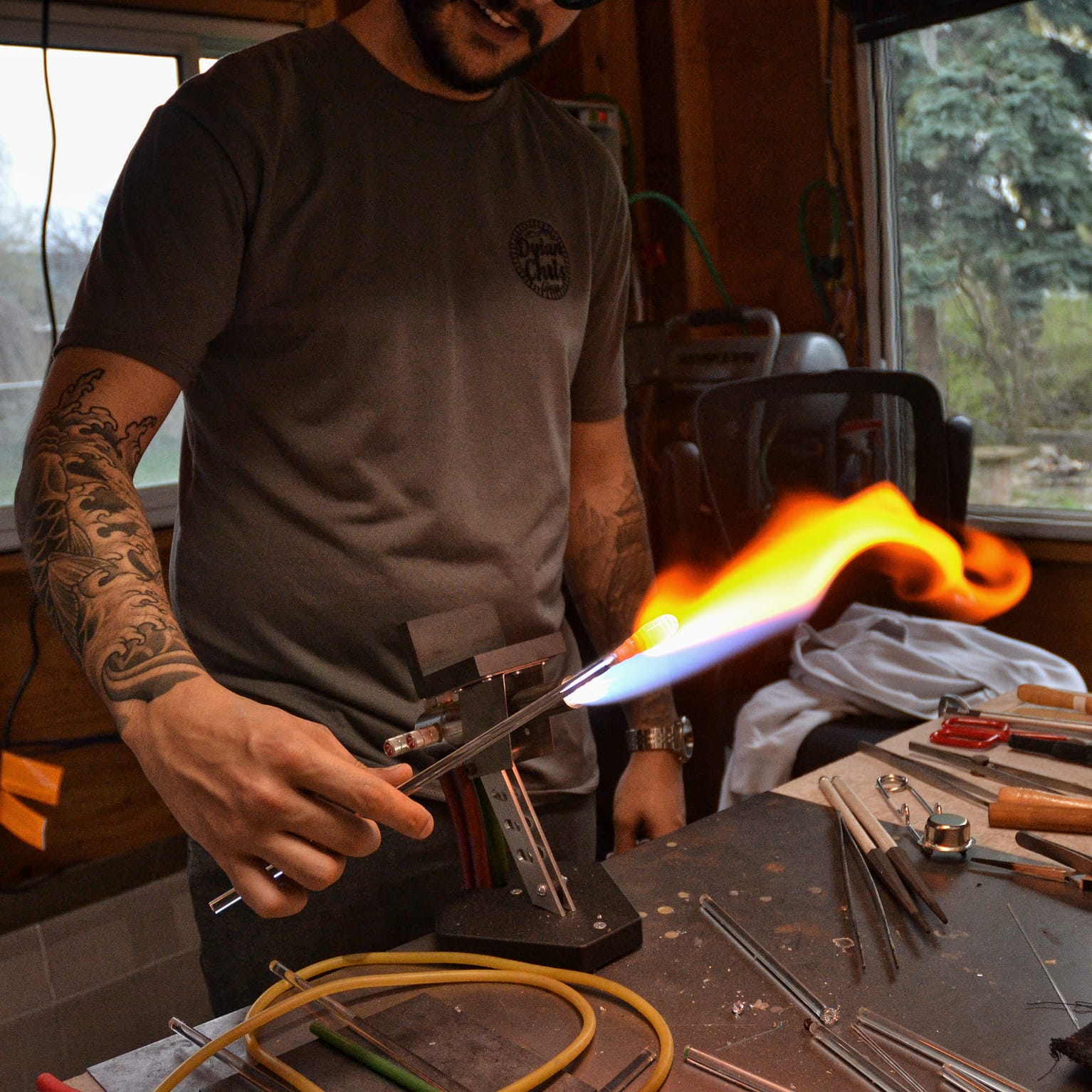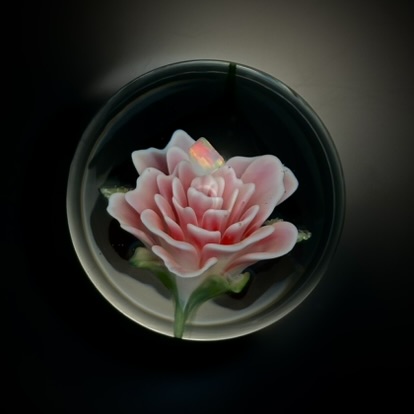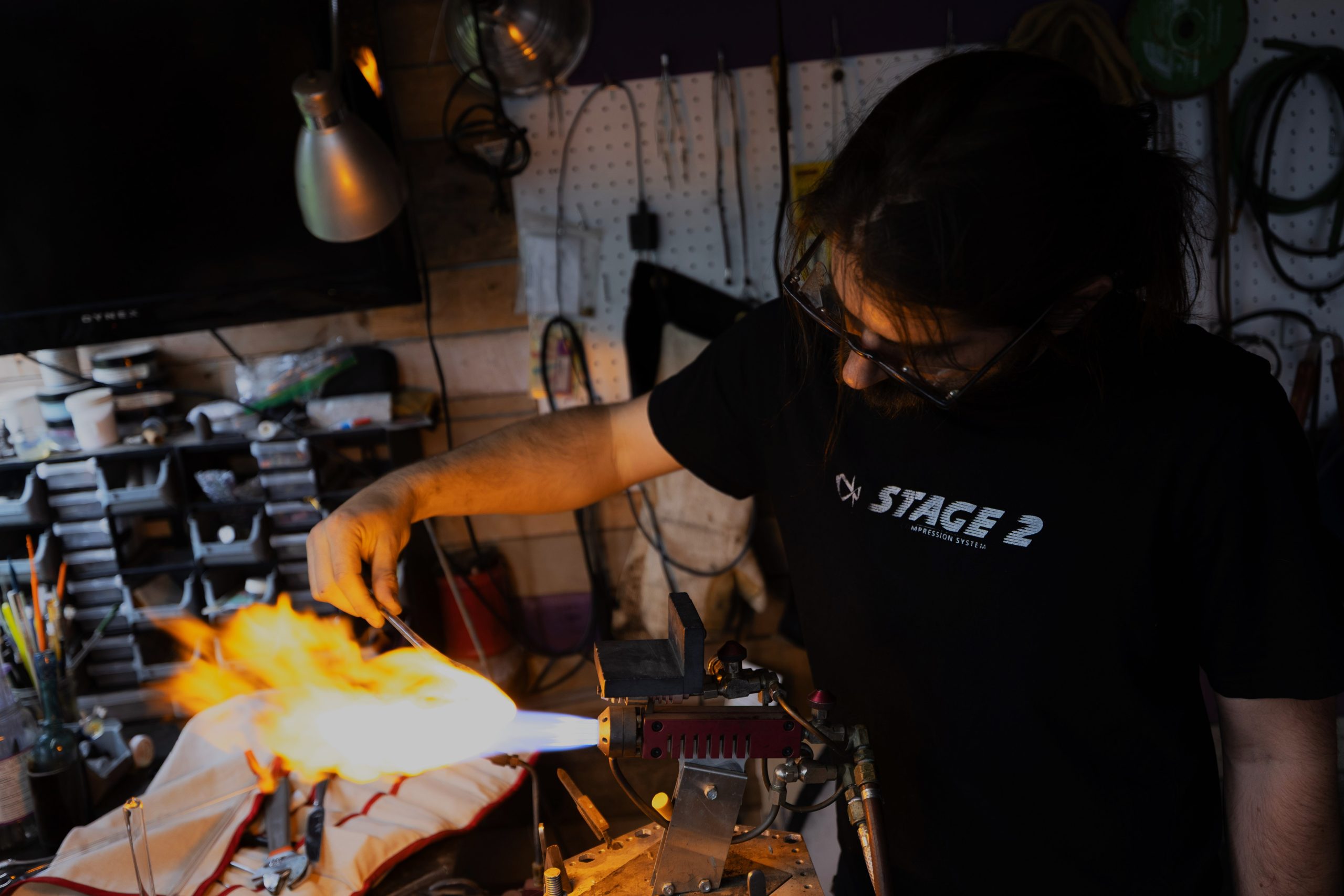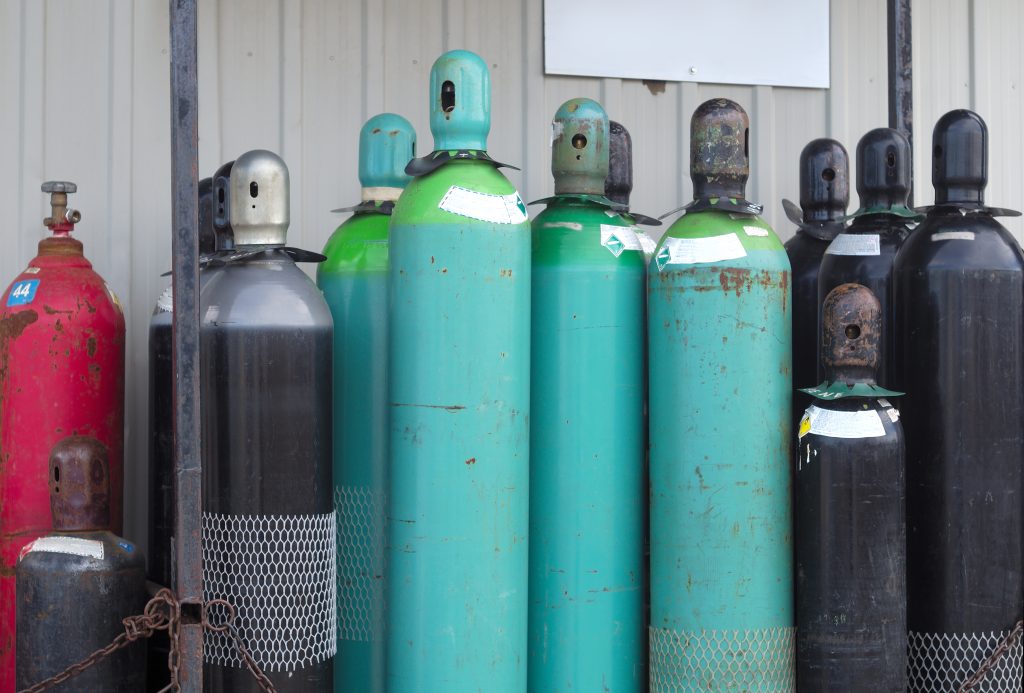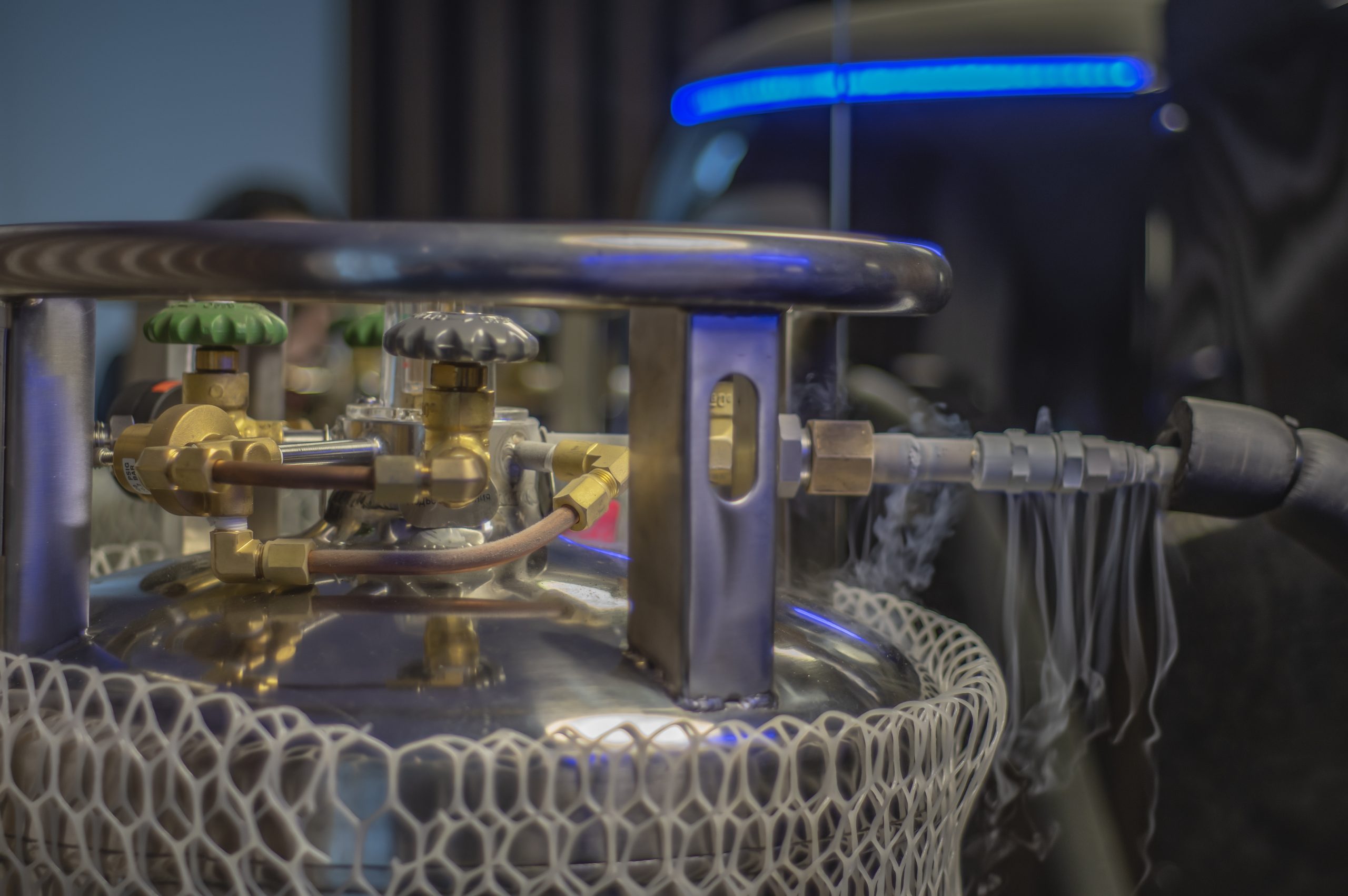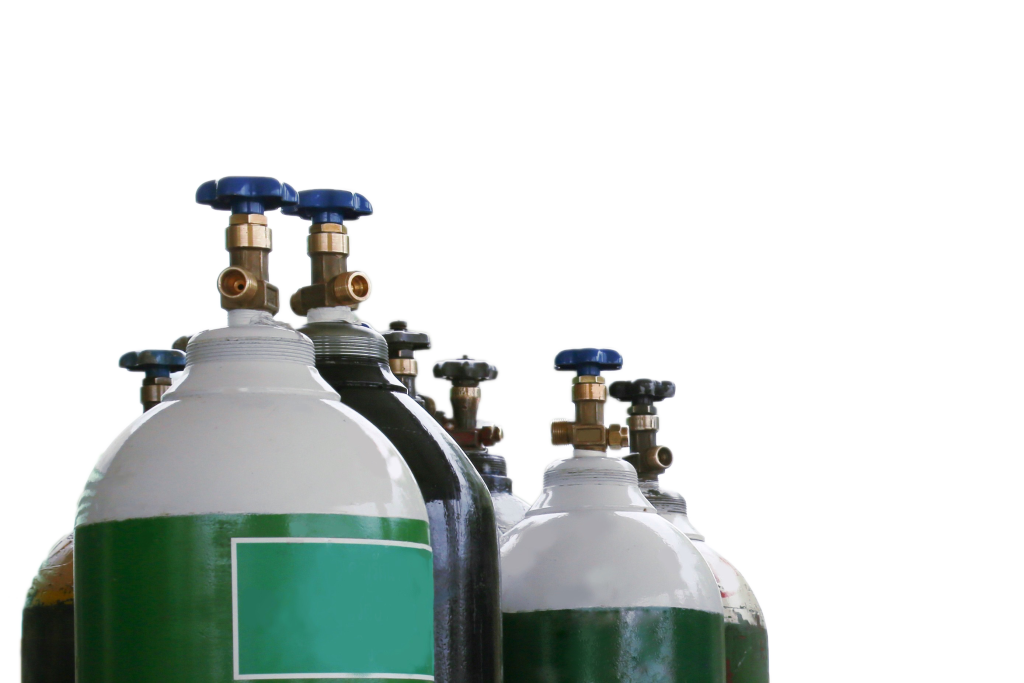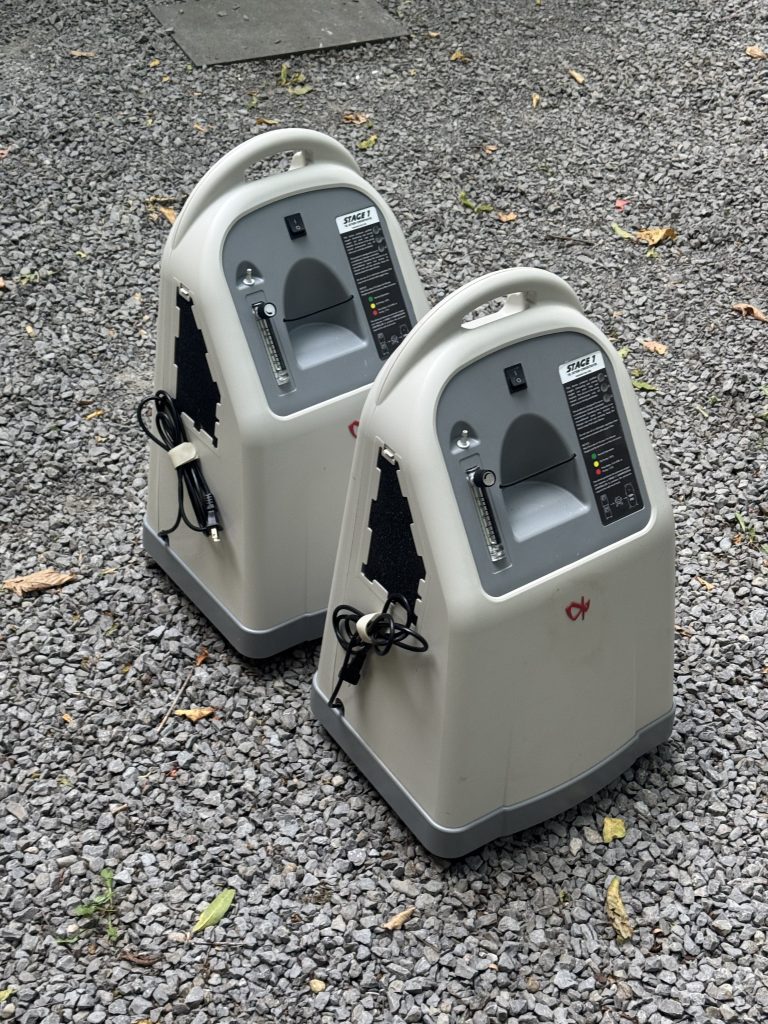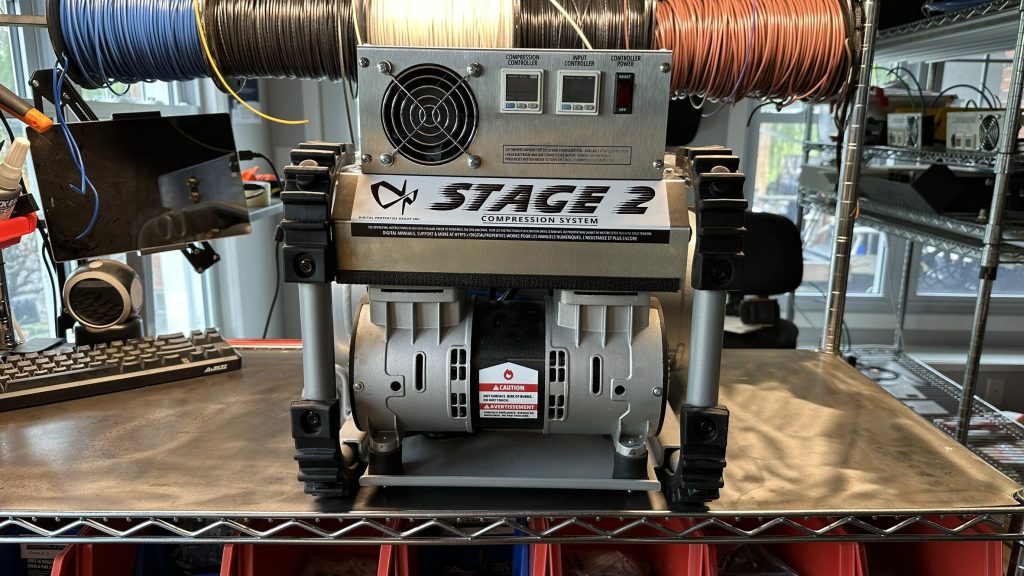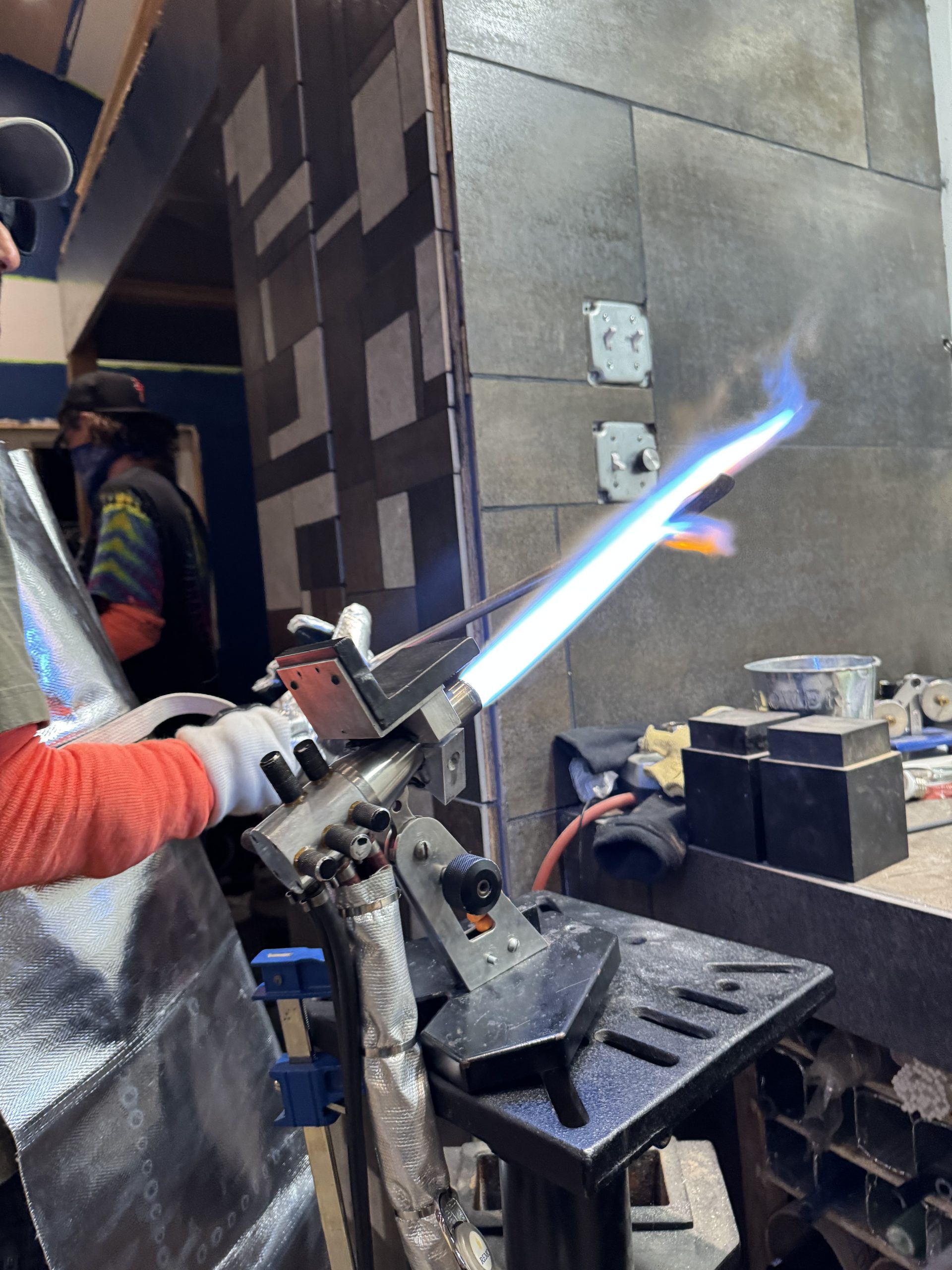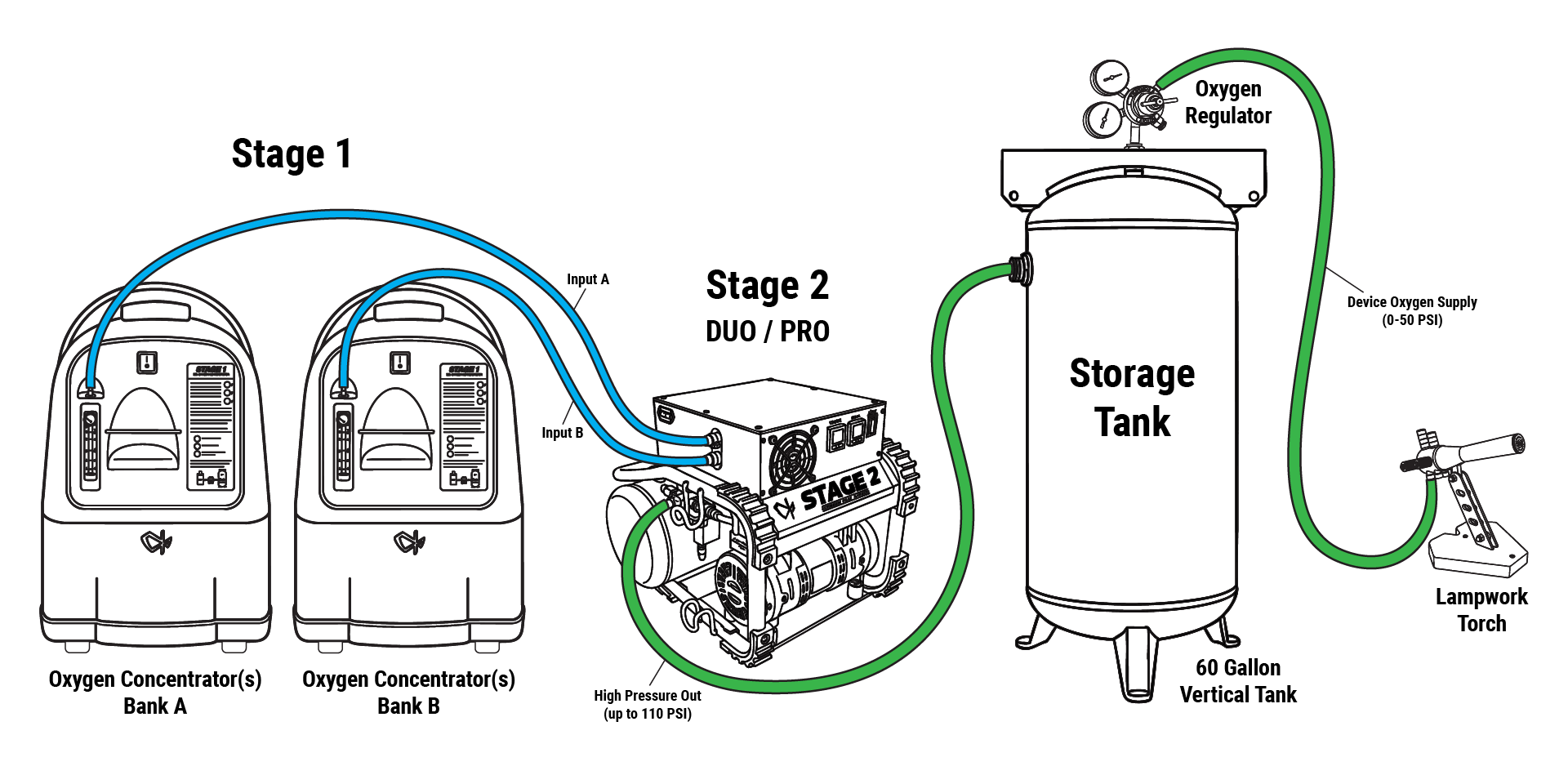Your cart is currently empty!
Category: Oxygen
-
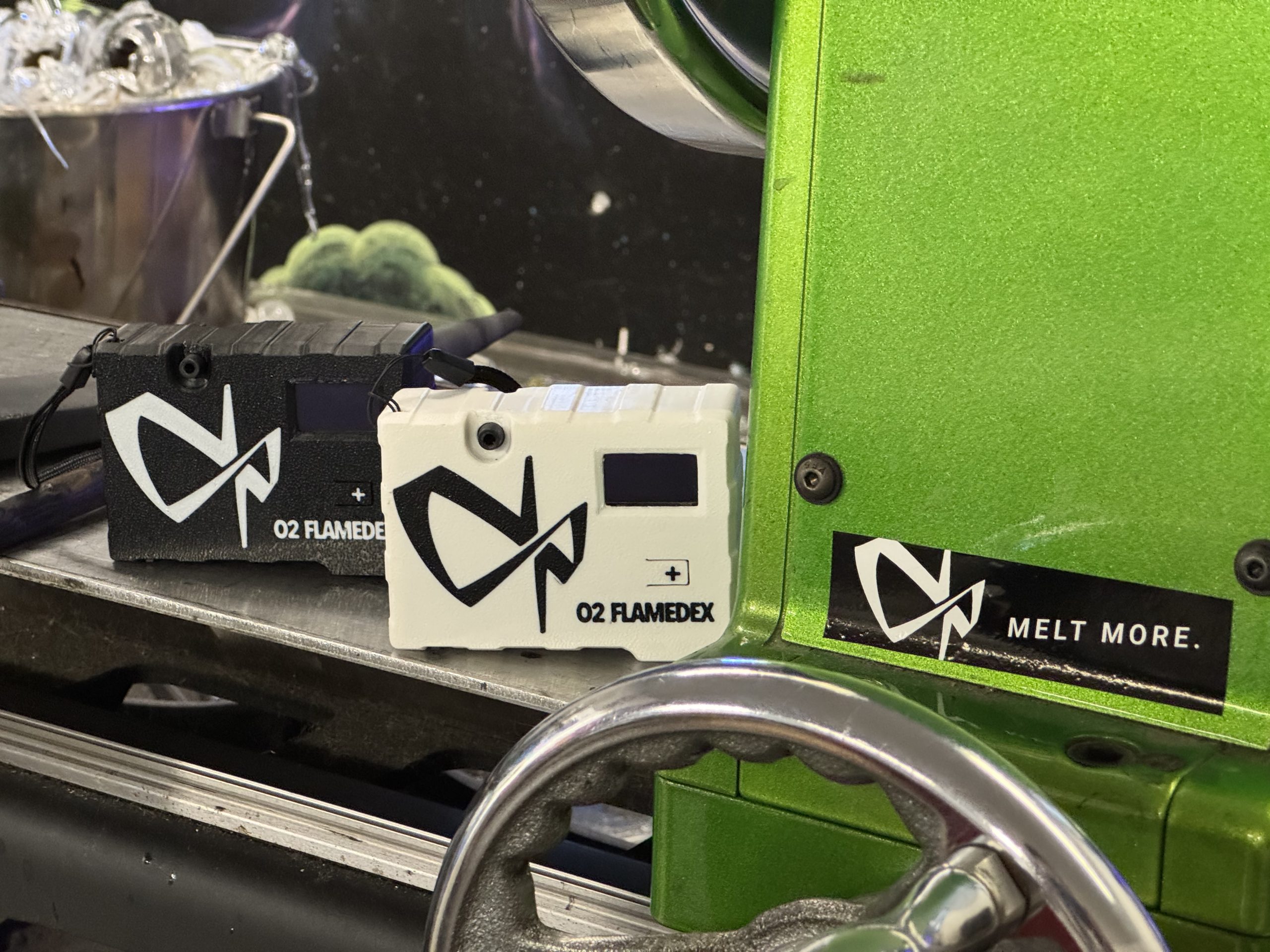
Ultrasonic Technology Makes Oxygen Purity Measurement More Affordable for Torch Workers
Introducing: The O2 Flamedex! View oxygen purity and resulting maximum flame temperatures in Celcius and Farenheit. Runs on 3xAA batteries.
When it comes to oxy-fuel cutting and welding, oxygen purity isn’t just a number — it’s the backbone of consistent performance. If oxygen purity dips, flame temperature drops, cut quality suffers, and operations become less efficient. Traditionally, ensuring that purity meant relying on expensive and maintenance-heavy analyzers. That’s about to change.
DPG Supply is proud to introduce a new, lower-cost oxygen purity meter built on self-calibrating ultrasonic technology. This innovative approach provides reliable readings for PSA oxygen purity monitoring used in torch applications — without the complexity or cost of legacy analyzers.
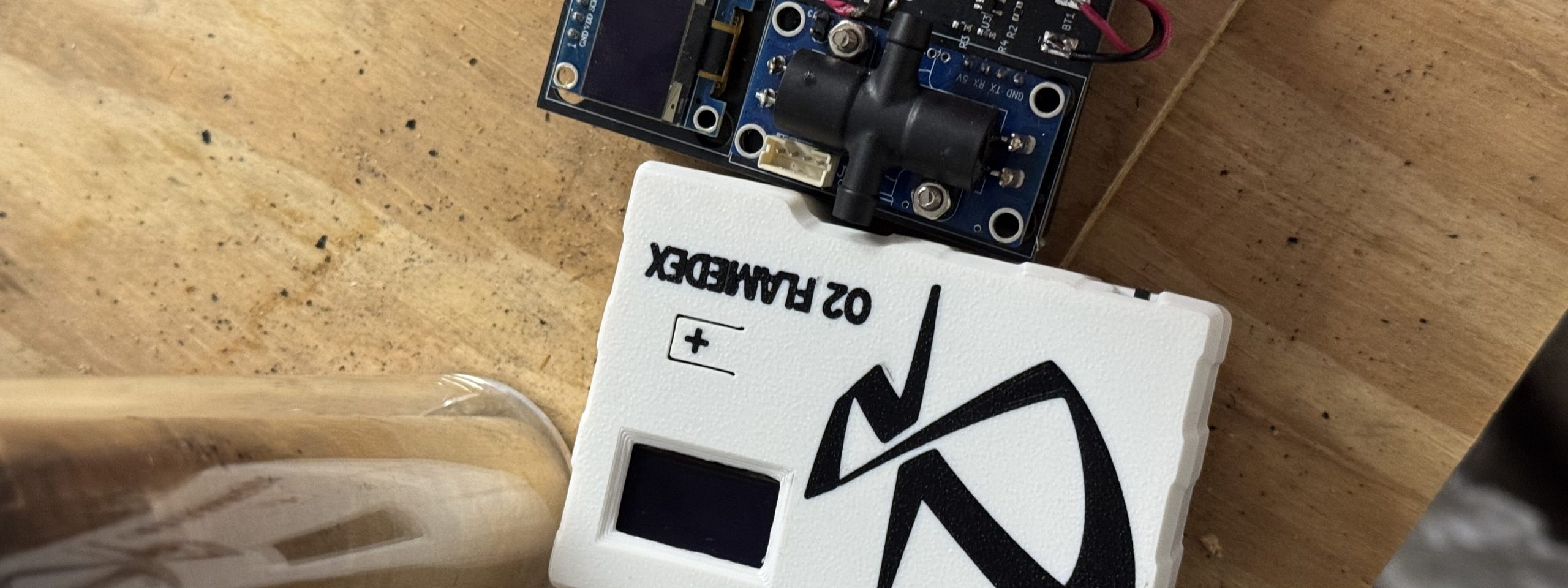
Understanding Oxygen Purity Measurement Technologies
Before diving into why ultrasonic is a game-changer, it helps to understand the conventional technologies used to measure oxygen purity and why they can be expensive to own and operate.
1. Electrochemical / Galvanic Sensors
Electrochemical sensors, often found in medical and industrial oxygen analyzers, use a chemical cell to generate a current proportional to oxygen concentration. While relatively affordable, these sensors have a limited lifespan — they consume their internal electrolyte over time and require regular calibration and replacement.
- ✅ Low initial cost
- ❌ Drifts over time and needs recalibration
- ❌ Temperature and humidity sensitivity
- ❌ Consumable sensor elements increase lifetime cost
2. Zirconia (Solid-State) Sensors
Zirconia cells measure oxygen concentration using a heated ceramic element. These analyzers are fast and reliable in high-demand industrial settings, but the heater, precision control electronics, and calibration routines make them costly and more complex.
- ✅ High temperature stability and fast response
- ❌ Expensive materials and build
- ❌ Requires stable reference gas and periodic calibration
- ❌ Best suited for gas plants or lab environments
3. Paramagnetic & Lab-Grade Analyzers
Paramagnetic analyzers detect oxygen’s magnetic susceptibility and provide high precision but come with high upfront costs, sensitive components, and the need for expert maintenance. Even more complex are mass spectrometry or gas chromatography systems — incredibly accurate, but completely impractical for day-to-day torch work.
- ✅ Excellent accuracy and fast response
- ❌ High cost and complexity
- ❌ Requires controlled environments
- ❌ Overkill for PSA oxygen applications
Why Ultrasonic Modules Are Changing the Game
Unlike the technologies above, ultrasonic oxygen purity meters work by measuring the speed of sound through the gas. Because oxygen and nitrogen have different acoustic properties, the device can accurately determine the oxygen concentration by analyzing transit time.
Our new ultrasonic oxygen purity meter takes advantage of this principle — but with a modern twist: it self-calibrates, minimizing drift and eliminating the need for expensive sensor replacements.
Key Benefits of Ultrasonic Measurement
- No consumables: Nothing to replace or degrade over time.
- Self-calibrating: Maintains accuracy with minimal user intervention.
- Lower cost: Simpler components mean more affordable pricing.
- Low maintenance: Ideal for shop or field use.
- Durable: Resistant to moisture and vibration, making it perfect for PSA systems.
In PSA torch applications, where oxygen purity typically falls between 90 % and 96 %, this level of precision is more than sufficient to ensure consistent cutting and welding performance in glass — at a fraction of the price of zirconia or paramagnetic analyzers.
Accuracy Where It Counts
One common misconception is that lower cost means lower performance. In fact, for most torch work applications, ultra-high precision (±0.1 %) isn’t necessary. A device that can reliably differentiate between, say, 60 %, 75 %, and 95 % purity will deliver actionable insights and ensure optimal torch performance.
- PSA systems already have a known operating purity range.
- Oxy-fuel heating has a generous tolerance window.
Even if the absolute accuracy is ±3 %, your readings remain fully fit for purpose. And because the unit self-calibrates, drift is minimized — no electrode wear, no recalibration gases, no consumable parts.
Lower Cost, Longer Life
Traditional oxygen analyzers can require sensor replacements every 12–24 months and frequent recalibration. Our ultrasonic oxygen purity meter is designed for years of operation without consumable parts, which means:
- ✅ Lower total cost of ownership
- ✅ Less downtime
- ✅ Less user training required
This makes it an ideal fit for small shops, field service providers, and mobile oxygen systems — anyone who needs reliable purity measurement without breaking the bank.
Visit our Products page to see the full line of gas analysis solutions.
Designed for PSA Oxygen and Torch Work
Our ultrasonic purity meter isn’t trying to compete with laboratory-grade analyzers. Instead, it’s optimized for the PSA oxygen systems commonly used in cutting, brazing, and welding. In these environments, what matters most is:
- ✔ Consistent readings in the 90–96 % range
- ✔ Minimal maintenance
- ✔ Simple operation
And that’s exactly what our self-calibrating ultrasonic module delivers.
Get Early Access
We’re excited to bring this new technology to the field. If you want to reduce costs, simplify operations, and get reliable purity measurement for your PSA oxygen system, our ultrasonic oxygen purity meter is the perfect fit.
Contact us today to reserve your unit or learn more about our upcoming release.
Learn more about PSA oxygen systems and how they integrate with torch setups.
-
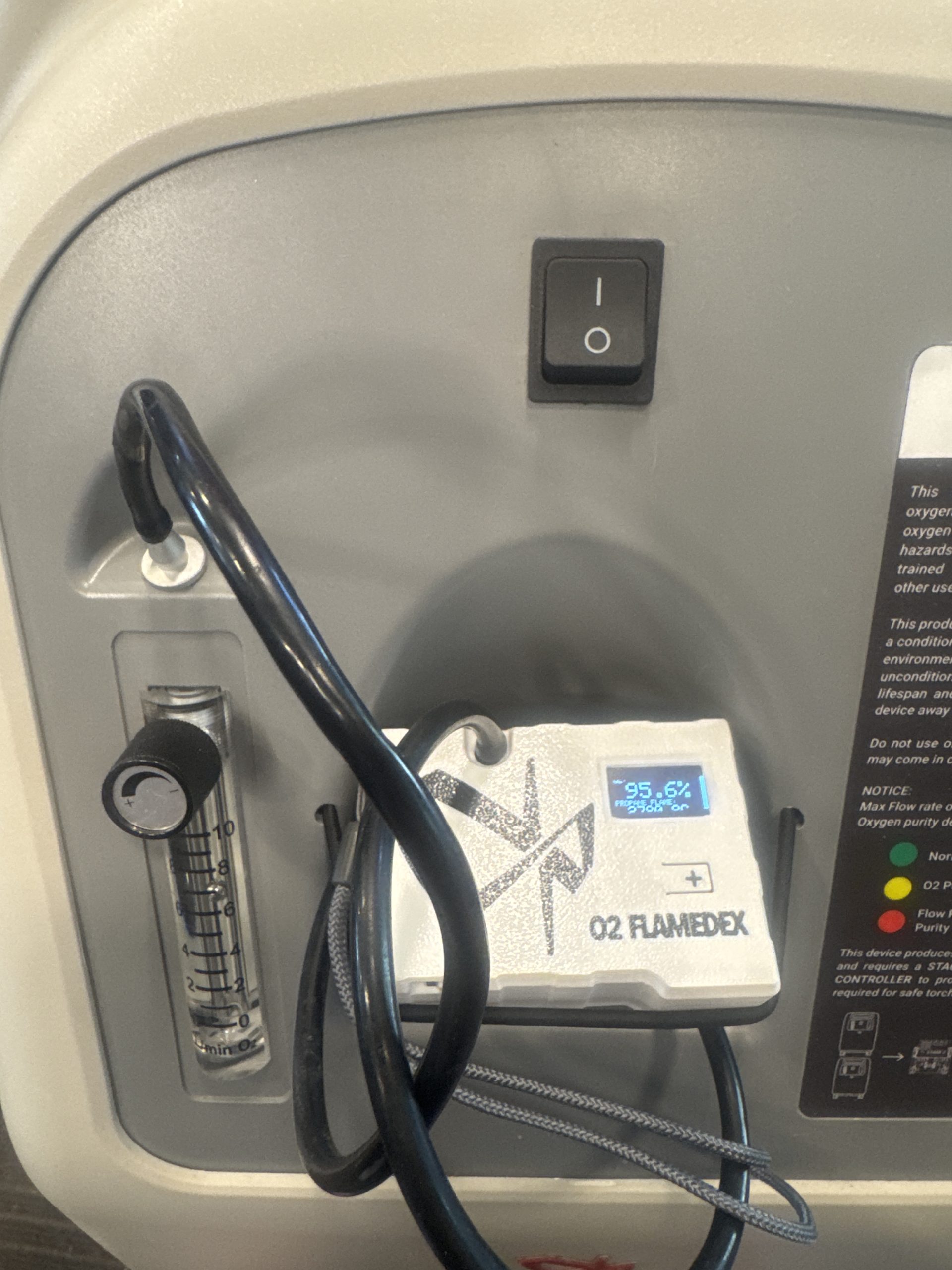
How Pure Can Concentrated Oxygen Get? The Real Limit — and Why PSA Works for Glassblowers
Concentrators make enriched oxygen using PSA technology. There’s a natural question: How pure can PSA/Concentrated Oxygen actually get, and does that matter at the bench?
For glassblowers, oxygen quality shows up in the flame: heat, stability, and how predictably the torch responds when you push your work. Given this importance, why would studios move away from cylinders of 99.9% oxygen to on-site systems built around pressure swing adsorption (PSA or Concentrated Oxygen)?
The Practical Ceiling for PSA Purity is 96.3%
In real-world operation, PSA oxygen generators are designed and specified for about 93–96% O₂. That’s not a marketing number—it’s the accepted performance band you’ll see across technical guidance and medical oxygen programs that use PSA plants.
Why that band? Pushing beyond the mid-90s with PSA quickly forces expensive trade-offs between purity, flow, and stability. Raise purity a couple of points and your available flow typically drops—meaning a larger (costlier) oxygen concentrator system to get the same output.
Why Concentrators (PSA) Can’t Hit 100%: The Argon Problem
PSA beds (zeolites – the stuff inside of oxygen concentrators doing the magic) are excellent at holding back nitrogen while letting oxygen pass. But argon—about 0.9% of ambient air—behaves a lot like oxygen in this process and tends to slip through with it. That’s why most PSA streams top out in the mid-90s: you’ve removed the nitrogen efficiently, but a small fraction of argon remains.
What that means at the torch
For artistic and functional glasswork, 93–96% PSA oxygen is more than hot enough for stable, repeatable flames on common torches. In practice, the bigger wins for glassblowers come from supply consistency and economics: no delivery gaps, no cylinder swaps mid-project, and a predictable cost per hour.
If you’re considering the switch, start by looking at system architecture and how it fits your studio:
- Overview of options: Oxygen Systems
- How the compression stage integrates with concentrators: Stage 2 Features
- Model lineup and scale-up path: Stage 2 Models — with details on Stage 2 SOLO, Stage 2 DUO, and Stage 2 PRO
PSA vs. “near-pure” alternatives
Could you chase 99.5%+? Yes—cryogenic oxygen or multi-stage PSA hybrids can get there, but they come with plant-scale cost, more complex controls, and longer startup dynamics. That’s why PSA is often called the most cost-effective way to get close to pure oxygen at useful volumes without plant-sized equipment. For most glass studios, the mid-90s purity band delivers the best combination of flame performance, uptime, and total cost of ownership.
Sizing your setup for real studio workloads
Two practical steps help you right-size a PSA-based system:
- Quantify your run time and peak draws with the Oxygen Runtime Calculator.
- Cross-check burner requirements using the Lampworking Torch Data.
Once you have a rough profile, match it to a compression model and storage strategy:
- Entry to mid scale compression: Stage 2 SOLO and Stage 2 DUO
- Multi-torch studios: Stage 2 PRO
- Buffering and surge handling: Tanks
- Concentrator first stage (10 LPM each): Stage 1
For specifics on noise, warranty, or common fit questions, see the FAQ and Warranty.
Why this approach scales with you as a professional artist
Your demand may grow—from solo bench time to multi-artist production. PSA is modular by design: add concentrators, expand storage, and let the compression stage handle the duty cycle. That’s the path most studios take to eliminate refill logistics while keeping flame behavior consistent day to day. For a quick orientation to the company and user community, see About Us and Our Artists.
Bottom line
- Maximum practical PSA purity: about 93–96% O₂.
- Reason: argon behaves like oxygen in standard PSA beds, creating a hard limit without costly extra stages.
- Best fit for glassblowers: on-site PSA provides stable, hot flames with far better economics and uptime than cylinder delivery for most studios.
If you want help mapping purity, flow, and storage to your torch lineup, we can put numbers to it and recommend a build. Start here:
Sources for the purity limit and trade-offs
- WHO / technical guidance on PSA output: oxygen 93% ± 3% and performance considerations. Iris+1
- Argon carry-through in PSA and practical purity ceilings near ~95%. nzic.org.nz+1
-
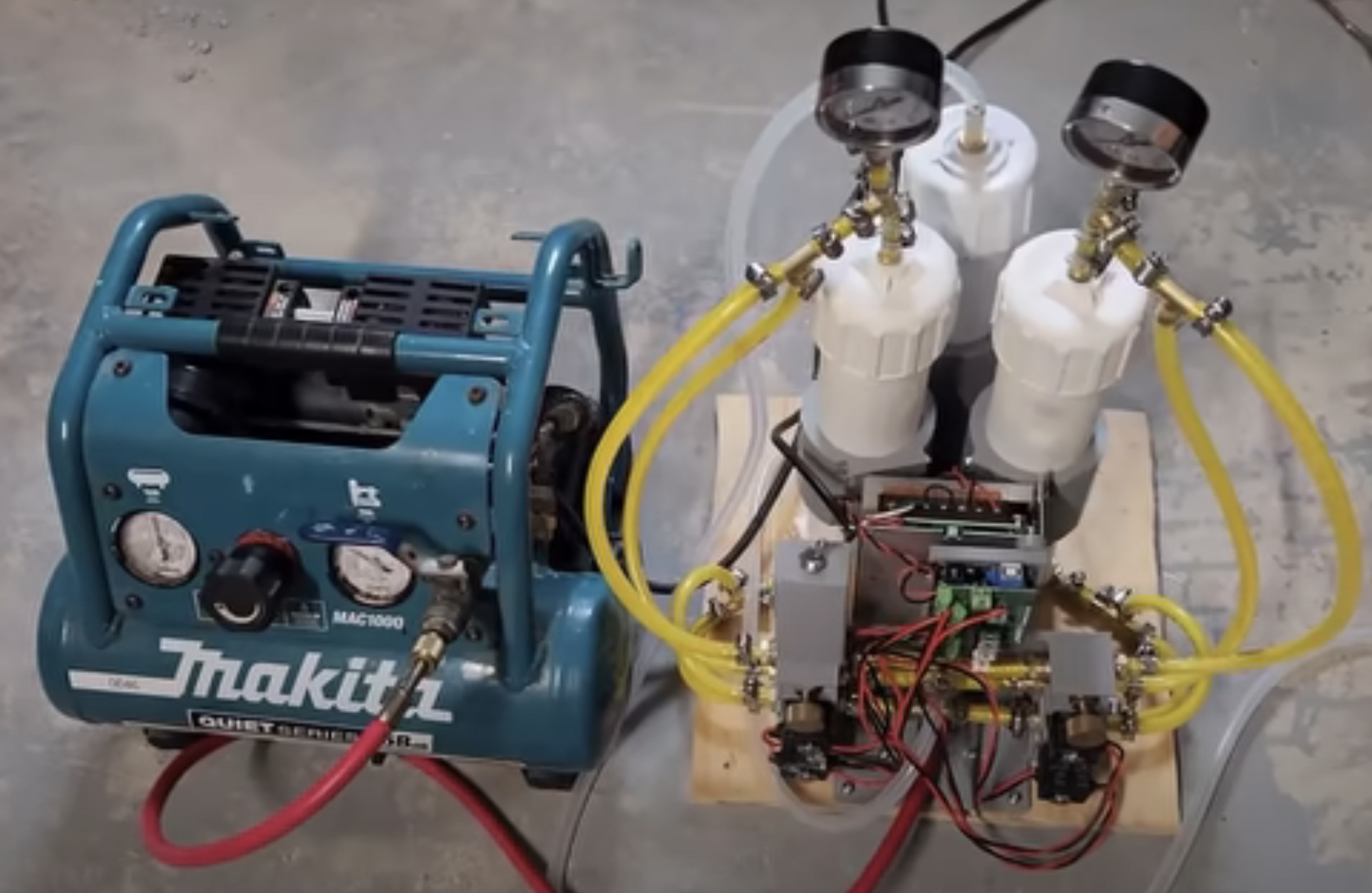
DIY Oxygen Concentrator Projects with Open-Source Designs
Watch How A DIY Oxygen Concentrator is Made
If you’ve ever wanted to understand how a PSA-based oxygen concentrator works — or even build one yourself — the above videos offer clear, step-by-step examples. This is more than a DIY tutorial: it’s a working blueprint for builders, technicians, and system designers who want insight into how oxygen generation systems are put together.
Hyperspace Pirate’s video covers another approach to at home Oxygen Concentration. We sent him some Zeolite to complete his project and were impressed with his home made machine.
How the PSA Process Separates Oxygen
The system uses Pressure Swing Adsorption (PSA) — the same core principle used in many commercial oxygen generators. Here’s the process simplified:
Step Process What Happens 1 Pressurize air Ambient air (≈ 78% N₂, 21% O₂) is fed into the system. 2 Nitrogen adsorption Zeolite in the sieve bed traps nitrogen molecules at pressure. 3 Depressurization Releasing pressure purges nitrogen from the bed. 4 Bed cycling One sieve bed absorbs while the other regenerates, providing continuous O₂ flow. “With PSA, you don’t create oxygen — you isolate and concentrate it. The smarter your cycle timing and air prep, the cleaner your product gas.”
Oxikit video, 7:15Core Components of the Build
Component Purpose Upgrade Tip Air compressor Pressurizes ambient air Use oil-free or filter downstream Condenser coil Cools compressed air Stainless steel improves durability Coalescing filter Removes oil/moisture Essential for protecting sieve beds Desiccant dryer Removes humidity Inline cartridges are easy to replace Solenoid valves Controls flow timing Look for high cycle life ratings PVC sieve beds Holds zeolite Proper packing = better performance Control system Manages cycles PLC or microcontroller options Explore compressors, filters, and valves at DPG Supply to match this DIY build with tested components.
This doesn’t work with a single sieve bed – dual sieve beds required!
- Dual sieves provide continuous oxygen output with minimal drawbacks.
“Many commercial PSA systems use two or more beds to balance flow and purity. This design mirrors that logic on a smaller scale.”
Talk to DPG Supply about control valves, check valves, and automation modules to fine-tune your cycle timing.
Pro Tips for Reliable Operation
- Dry air is essential — moisture will degrade your zeolite quickly.
- Stable pressure = stable purity. Avoid compressor fluctuations.
- Control your purge cycle to conserve energy.
- Use high-quality fittings to reduce leaks and maintenance issues.
Parameter DIY Target Notes Pressure 15–25 psi Higher pressure improves adsorption but requires better sealing Zeolite type 13X or LiX Impacts purity and cycle time O₂ purity 85–95% Dependent on flow rate and timing Looking to do something similar to this design? Check out DPG Supply’s concentrator components and parts.
If an off-the-shelf oxygen concentrator solution is more your style, check out the Stage 1 Oxygen Generator.
Disclaimer: This DIY oxygen concentrator design is for educational and non-medical use. For medical-grade oxygen delivery, consult certified equipment suppliers and follow regulatory requirements.
-
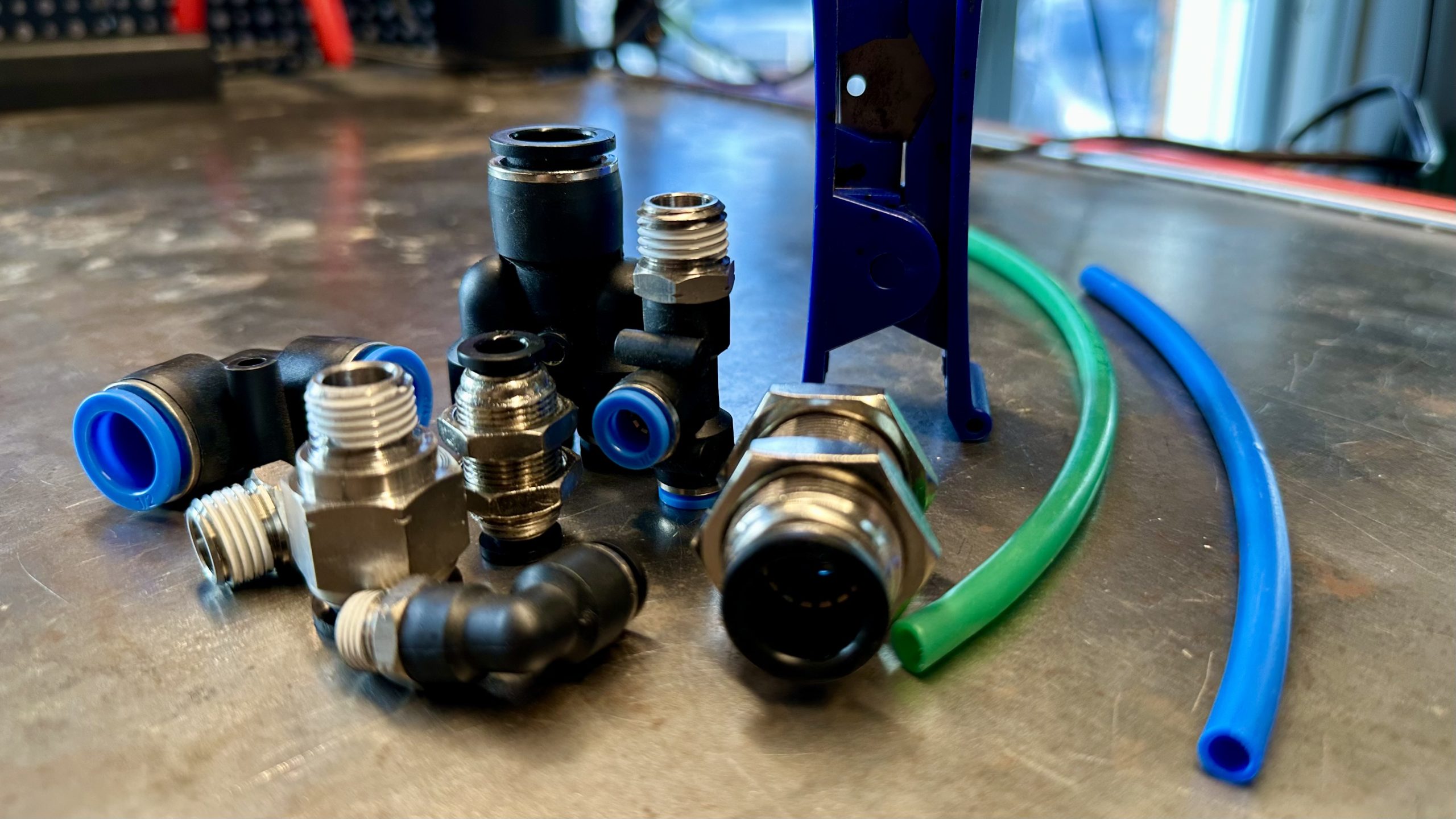
Designing for Durability: Why PTC Fittings and TPU Tubing Outperform Under Pressure
Oxygen compression systems demand reliability. Heat, vibration, and continuous operation can quickly expose the weaknesses of traditional hose clamps or barbed fittings. The result? Leaks, inefficiencies, and safety risks.
A better solution is pairing TPU (Thermoplastic Polyurethane) tubing with Push-to-Connect (PTC) fittings. This combination delivers strength, stability, and ease of use. Exactly what oxygen systems need.
Secure Under Stress
Unlike rigid materials that can loosen or crack, TPU is flexible yet durable, absorbing vibration without losing form. Paired with PTC fittings—which lock the tubing in place with precision seals—connections remain tight and reliable. Even in high-vibration environments, this setup resists leaks and fitting fatigue.
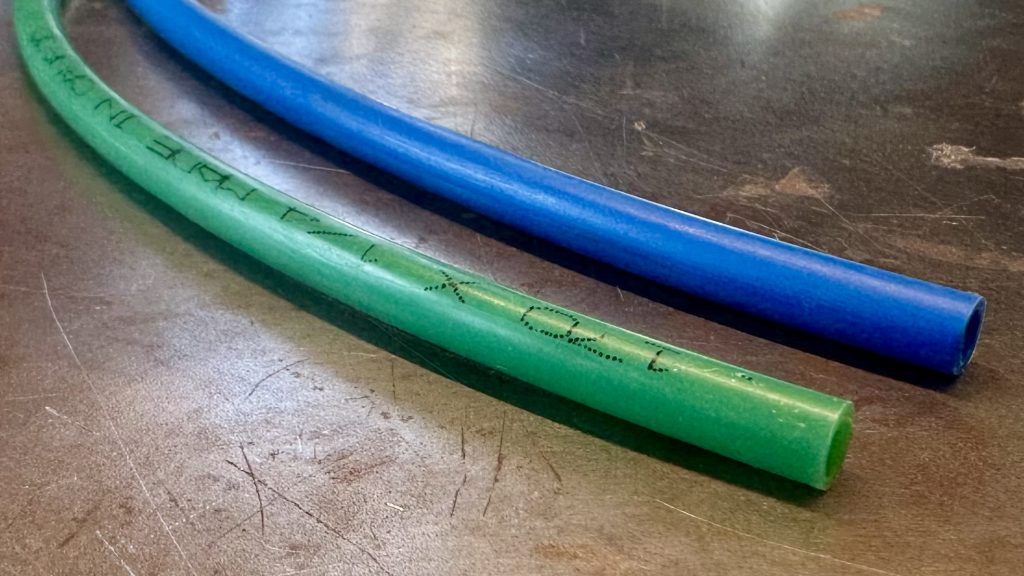
TPU Tubes 1/4″
Built for Heat
Continuous operation means elevated temperatures, and TPU handles heat far better than PVC. It maintains elasticity up to around 80°C, while quality PTC fittings are rated for similar or higher ranges. Together, they provide consistent performance where other tubing-fittings systems often fail.
Clean, Leak-Free Operation
PTC fittings use internal O-rings that seal firmly against TPU’s surface. This eliminates oxygen loss, protects system efficiency, and ensures safety. For oxygen-rich environments, clean, leak-free connections are non-negotiable—and this pairing delivers.
Fast, Simple, Reliable
No clamps, no tools, no complicated setup. PTC fittings connect in seconds and release just as easily for maintenance. TPU tubing complements this with flexibility and durability, making the system not only reliable but also efficient to service.
The Bottom Line
For oxygen systems under constant demand, PTC fittings and TPU tubing offer the perfect balance of:
- Long-term durability
- Leak-resistant performance
- Heat and vibration resilience
- Quick, tool-free installation
- Oxygen-safe materials
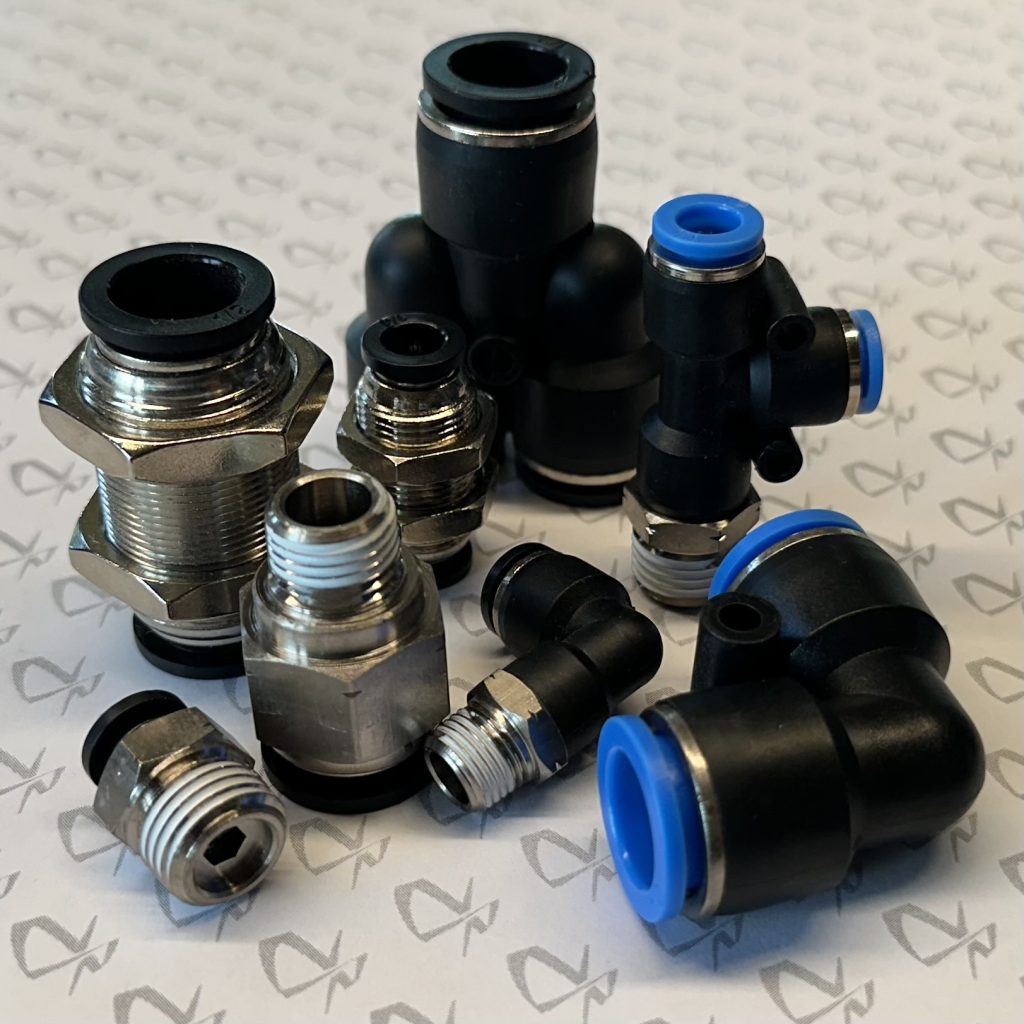
Whether your setup is stationary or mobile, this combination provides dependable performance with minimal maintenance—so your system stays focused on what it was built to do.
Need help selecting the right PTC fittings and TPU tubing for your system? Our team offers expert guidance and a full range of compatible components to meet your application’s needs.
